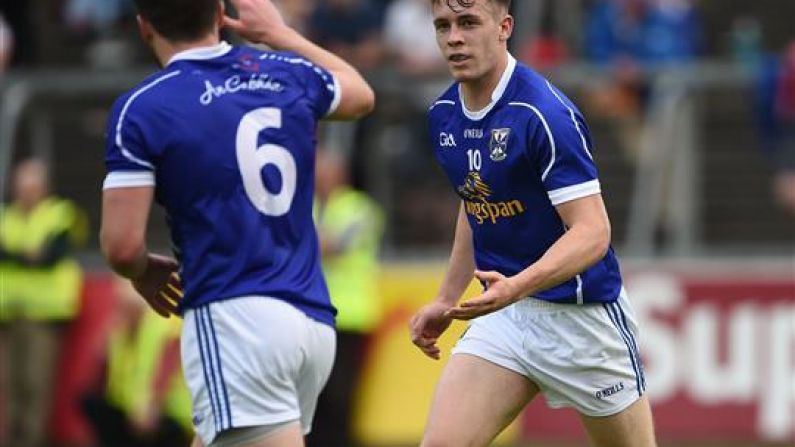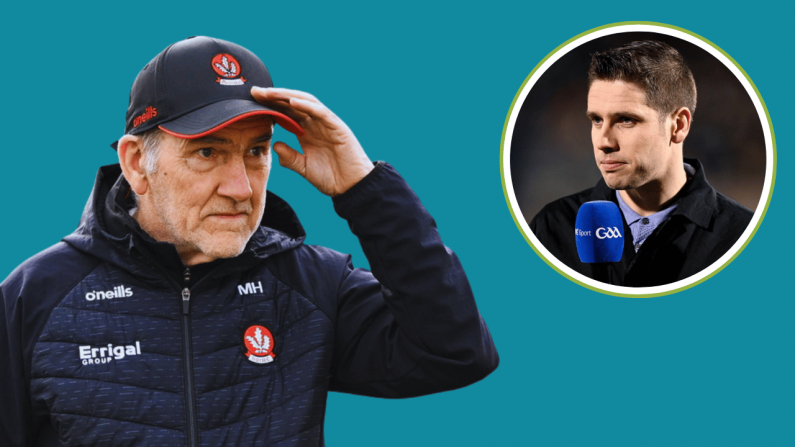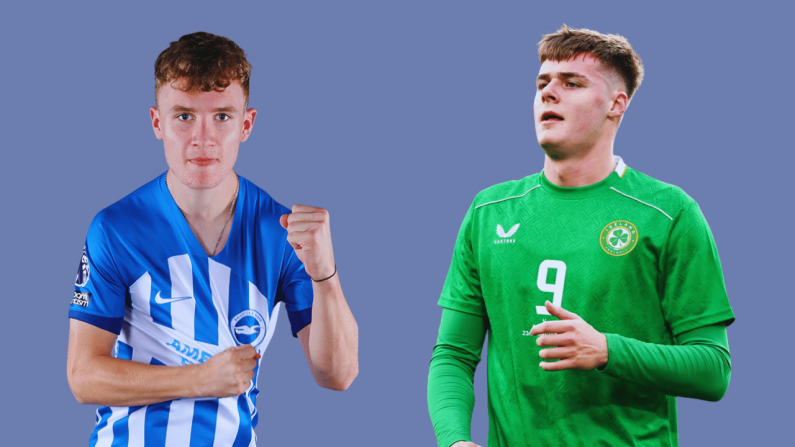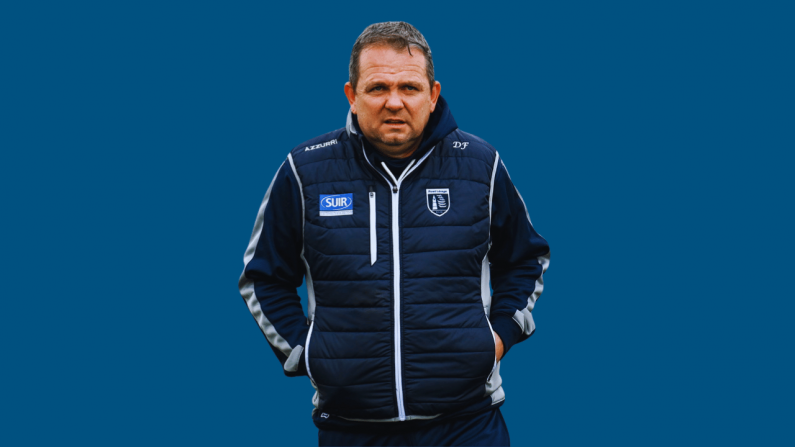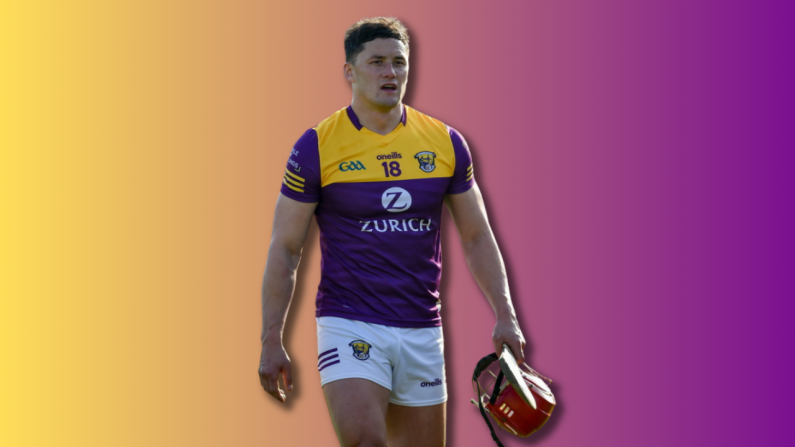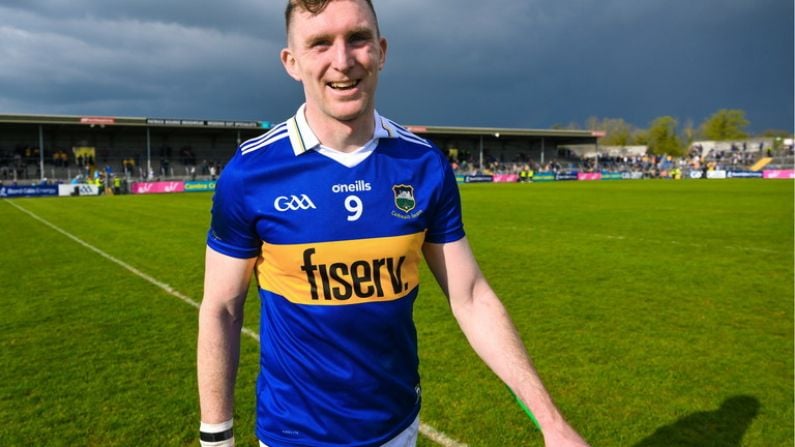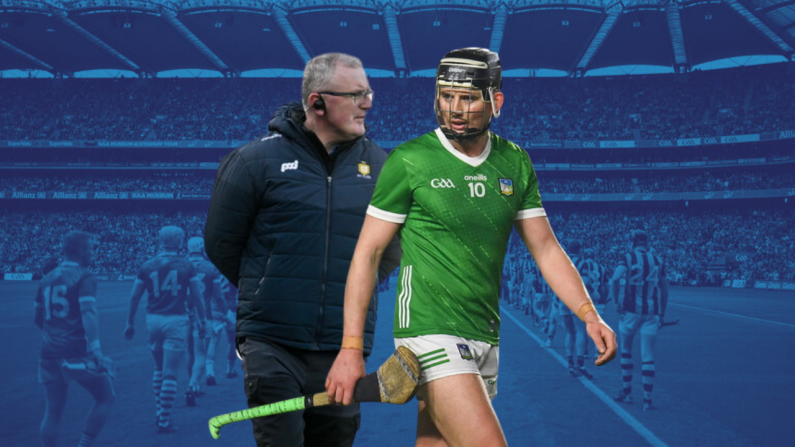What causes inter-county success? It is a question that has been posed by county boards, fans, players and managers in equal measure, with various theories as to why certain counties enjoy more silverware than others.
[soundcloud url="https://api.soundcloud.com/tracks/267132210" params="auto_play=false&hide_related=false&show_comments=true&show_user=true&show_reposts=false&visual=true" width="100%" height="450" iframe="true" /]
A focus on socio-economic factors is something that tends to be brought up when discussing Dublin's dominance - a perfect example would be Joe Brolly's recent comments that "the Dubs can live like professionals because their sponsorship is 4 million euro a year"- with the money and pool of players available to Dublin GAA often underlined as reasons for their success. But how important is the economic and social state of a county in influencing what happens on the pitch?
An interesting research paper has been compiled by Cavan historian Sean van Haaster which tries to answer this exact question by analysing the rise and fall of the Cavan senior football team from the early twentieth century until today. Cavan were totally dominant in Ulster from the 1920s through the 1940s, winning twenty-four provincial titles in that thirty-year period. But after 1969 the county would not lift the Anglo-Celt cup for nearly thirty years. Van Haaster believes that emigration had a huge impact on this slump:
Between 1946 and 1966 Cavan had the 4th highest population decrease in the 26 counties. The greatest affected age group were 18-34 year olds who were largely farm labourers from rural areas and who were the backbone of Cavan’s clubs. Cavan was forced to rely on its towns for players where GAA was at its weakest in the county. It is therefore not surprising that Cavan would find itself in a footballing slump by the time the 70s came; emigration had simply devastated the county and its impact was being reflected by the Cavan team on the pitch.
And while Van Haaster acknowledges that population size is only one of “a mix of highly nuanced reasons” determining the success of a team, he makes the point that, while Cavan’s overall population remains relatively small, its large Gaelic football-playing population and the lack of competing sports (a problem for other counties) are an advantage, as is the indication in recent censuses that “the 18-35 age bracket has increased in Cavan”.
The British government is not exactly a commonly-referenced catalyst of Ulster football success. Nevertheless, Van Haaster writes in his research of the importance to Gaelic football in the province of the 1947 Education Act’s introduction to Northern Ireland. This required “the building of secondary schools which had top quality sports facilities” and provided for "the employment of specialised PE teachers” while placing Gaelic games on equal status with other sports.
The supplementation of this Act with further legislation in 1962 enabling sports clubs to apply for funding from Stormont meant that there was seriously positive backing behind the sport in the six counties - but this excluded Cavan. As a result, the county fell behind its northern neighbours, with “the reliance on voluntary goodwill in Cavan for infrastructural development” in stark contrast with the statute-based backing of other counties' development.
So if emigration, lack of investment and, as is also highlighted by Van Haaster, neglect of youth development (particularly from the 30s to the 60s) are the main factors behind Cavan’s decline, what has provoked their recent upsurge? The UCD Law and History graduate tells us that while he is mindful of past “glimmers of hope”, this era of Cavan football, which includes four Ulster U21 titles and a MacRory Cup title (St Patrick's College last year), is a real sign of a new dawn for the county.
And he says that while a “key blueprint” for the recent success has been the five-year plan established by the Cavan County Board in 2006, factors outside the county’s control have been just as important, namely the Celtic Tiger and concurrent growth in population that resulted in a greater ability to invest in clubs and a larger playing membership, as well as the construction of the M3 motorway which allows Cavan clubs to retain the services of players working or studying and Dublin and thus increasing the standard of the club scene in the county.
When asked what other counties could learn from the Cavan example, Van Haaster replies that they should realise that “sport reflects society...the success of a GAA team will often reflect the success of an area or a region.” Looking at Cavan’s Ulster counterparts, Antrim, whose last Ulster title was in 1951, before the Troubles engulfed Belfast and its GAA-playing population, one would find it hard to disagree.
While counties can certainly analyse the Cavan model and learn from mistakes made there, it leads to a conclusion that may be somewhat depressing for fans of smaller, more sparsely resourced counties: that they will always, to a certain extent, be limited by often uncontrollable socio-economic factors.

